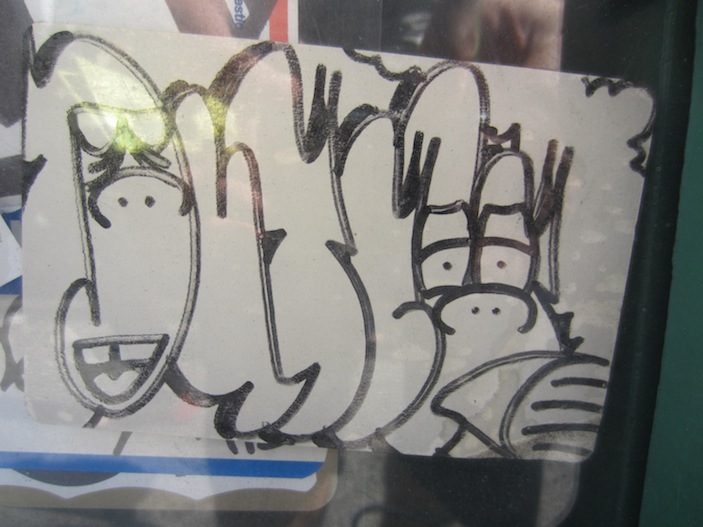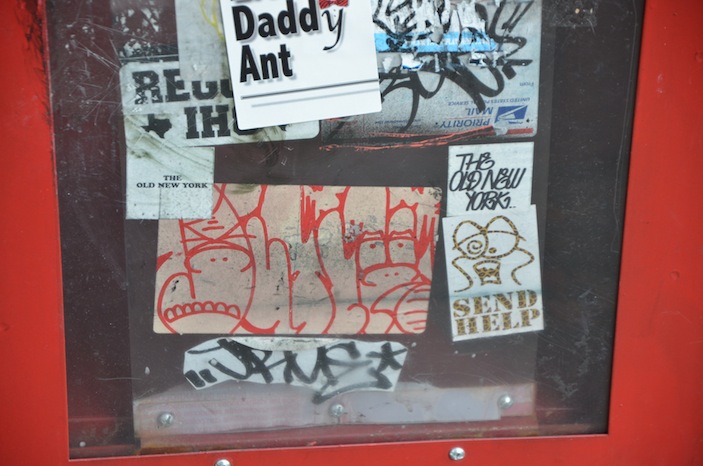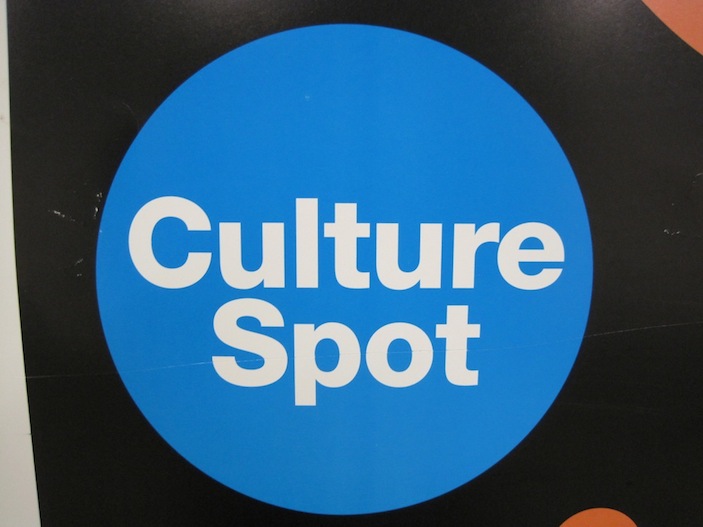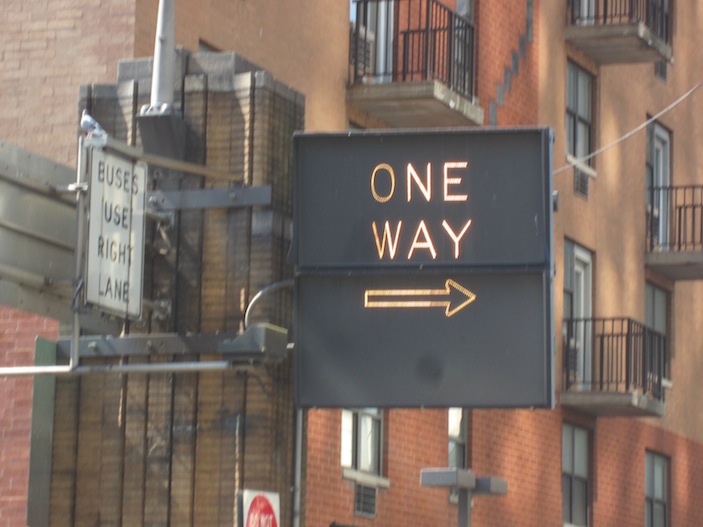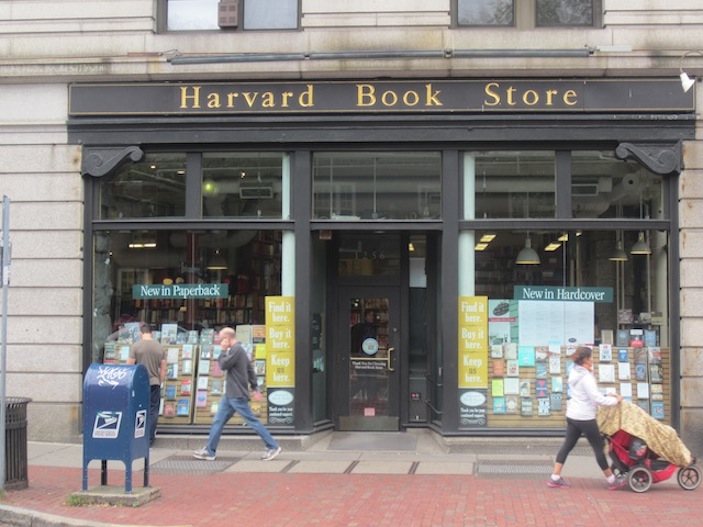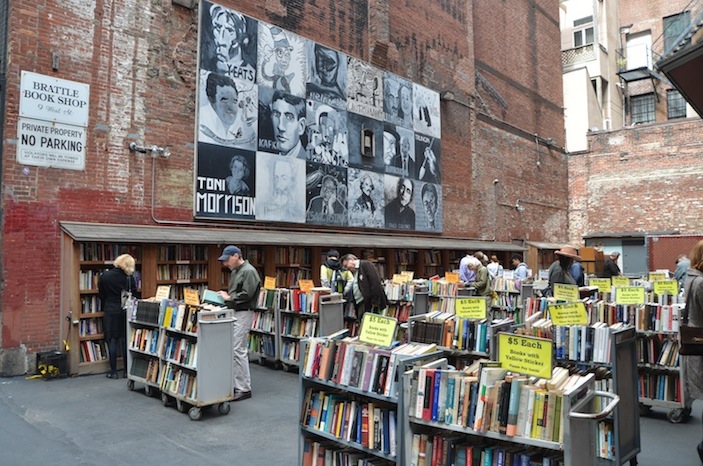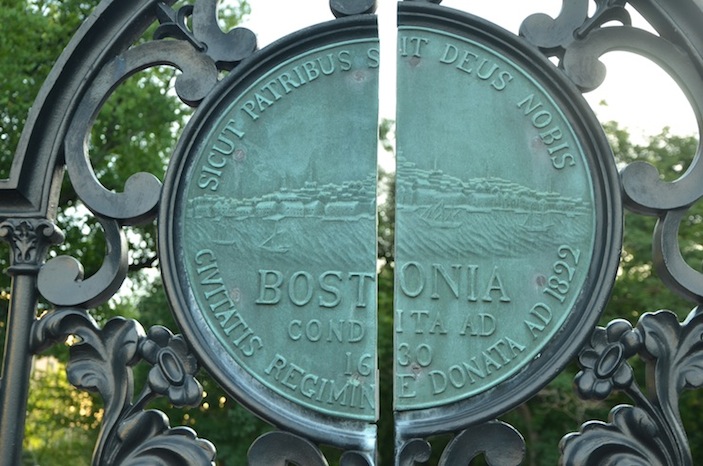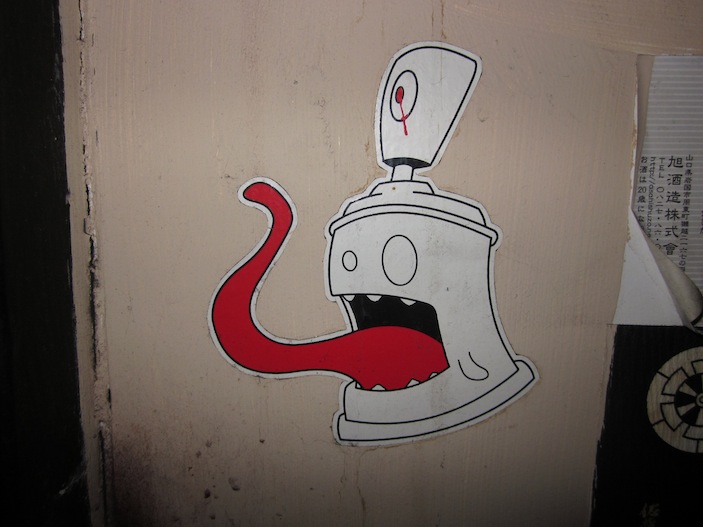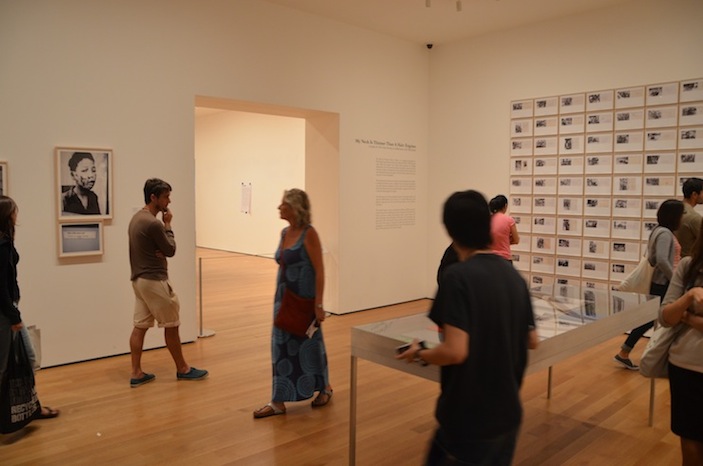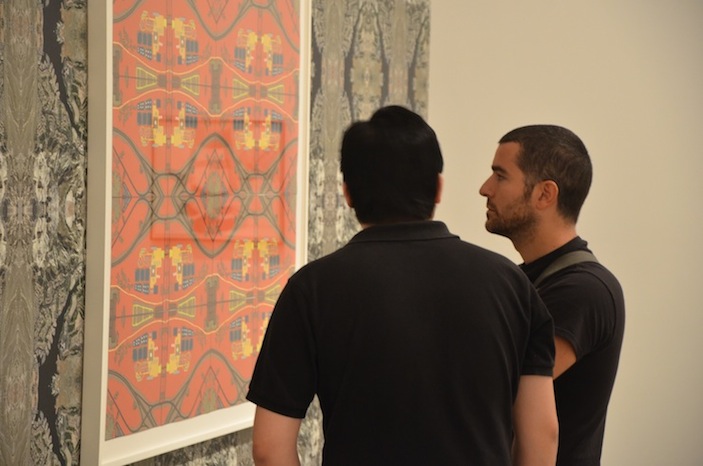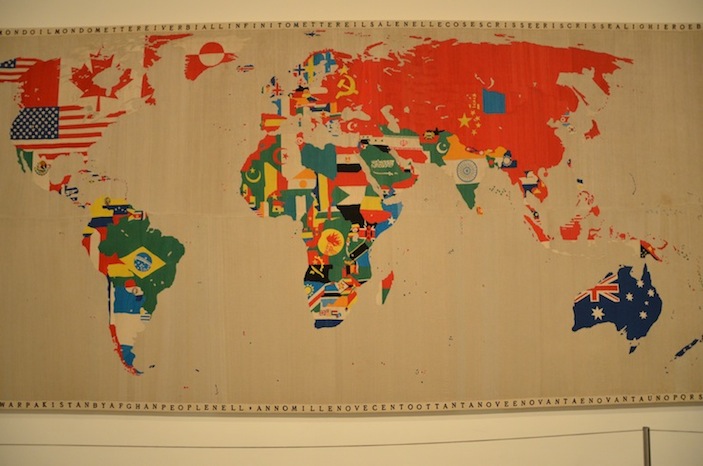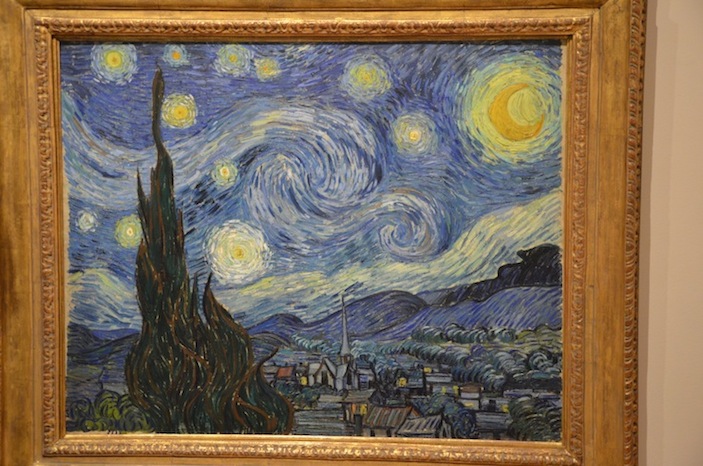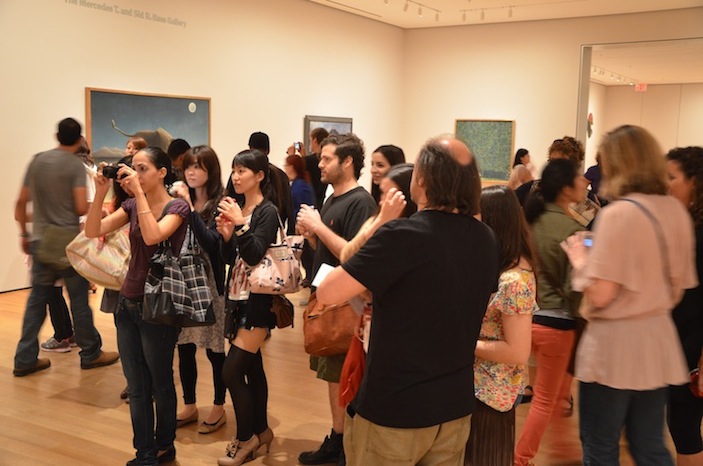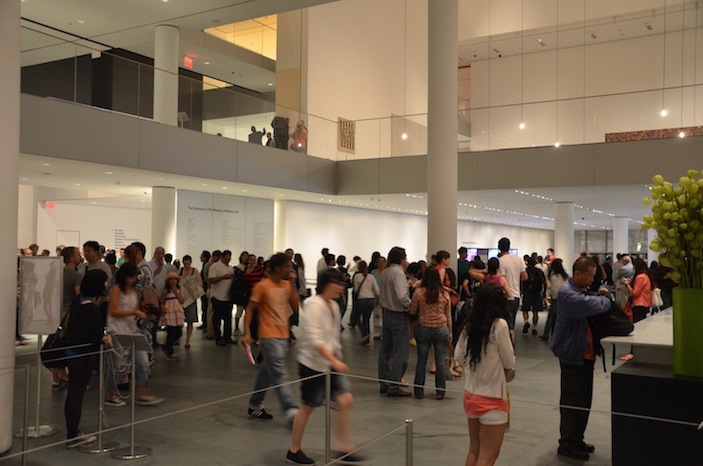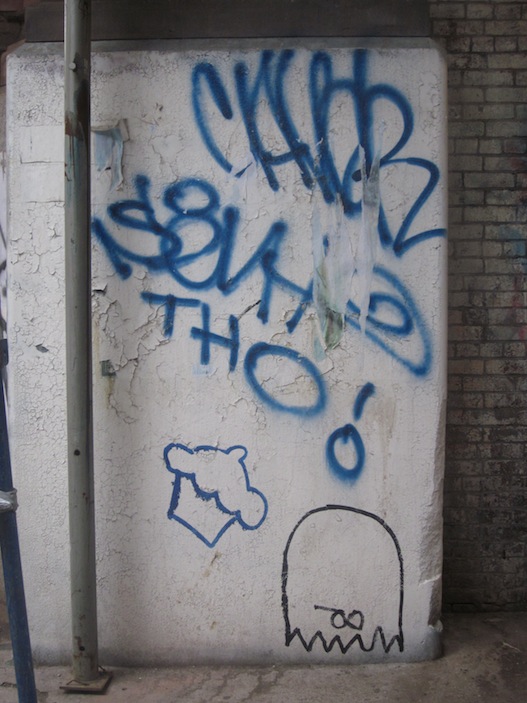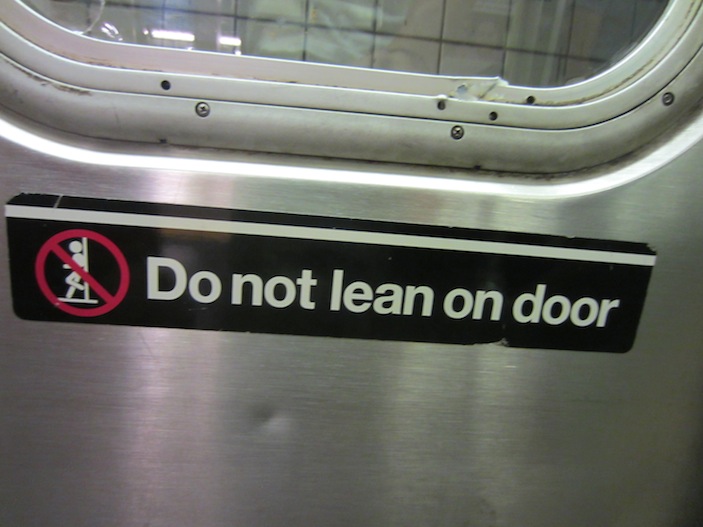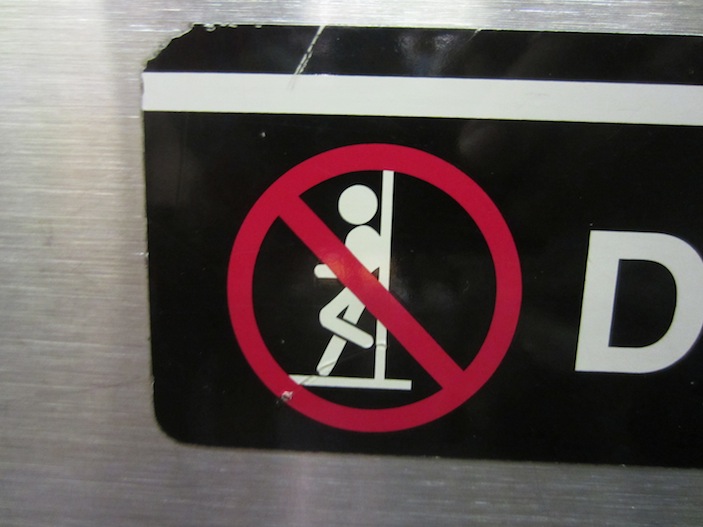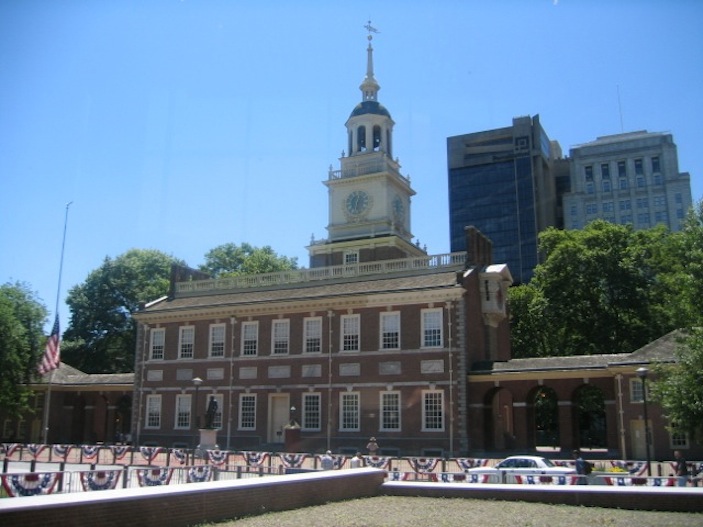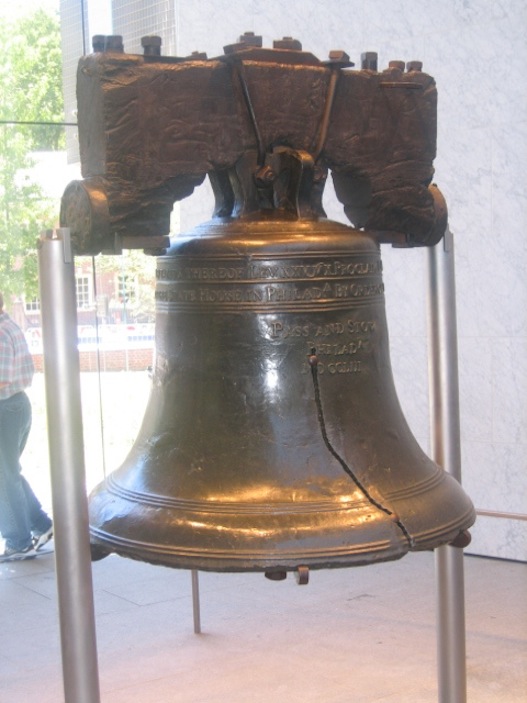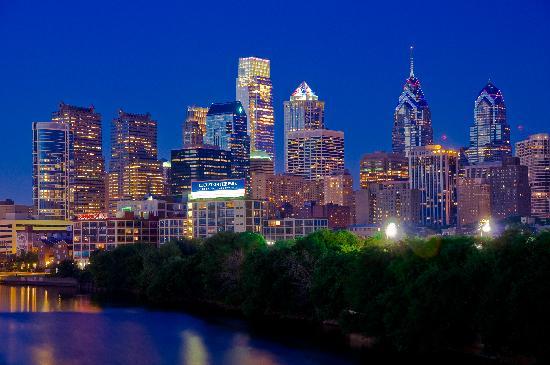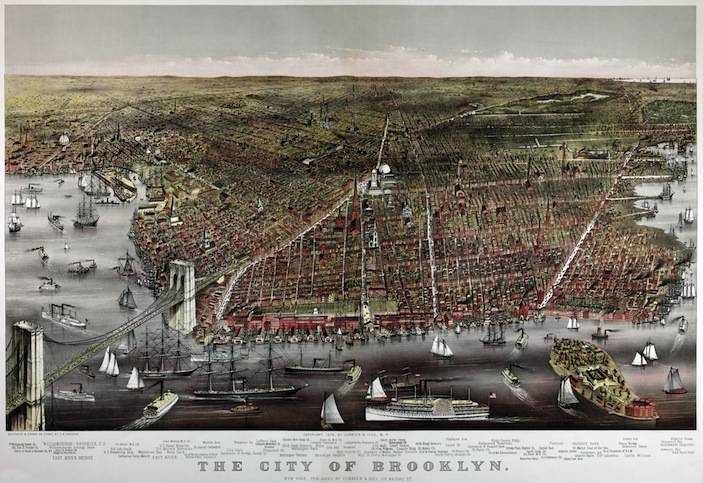Posts Tagged ‘IDnyc’
IDnyc: Culture Spot
IDnyc: One Way
IDboston: “How Much Does He Know?”
We spend a lot of time in this space talking about the differences between the East Coast and the West Coast, which are very different culturally in so many ways. However, by grouping the East Coast together as one, that’s not to say that Miami is the same as DC is the same as New York is the same as Boston. So in an effort to begin to shed some light on the differences found within the East Coast, we wanted to share with you a quote from none other than Mark Twain, when writing a memoir about Boston:
In New York they ask “how much money does he have?” In Philadelphia, they ask, “who were his parents?” In Boston they ask, “how much does he know?”
Boston indeed boasts a highly intellectual culture, as renowned universities are an integral part of the city’s fabric. Besides Harvard and the Massachusetts Institute of Technology (MIT), which are known around the world, 54 other universities call the city home.
The perfect irony for April Fool’s Day…
IDnyc: Paint Tongue!
IDnyc: MoMA’s Free Fridays!
When those unexpected little pleasant surprises come around, it is important that we reflect for a moment to appreciate the little blessing we received. Well, one of the greatest museums and collections of art in the world is free for all to see, for at least four hours every week. Generally regarded a the most influential modern art collection in the world, New York’s Museum of Modern Art is worth every penny of the $25 admission fee. But thanks to Target, it can be experienced for free every Friday between 4pm and 8pm. If you happen to be in the City on a Friday, take advantage!
Enjoy the images below of some recent Free Friday attendees…
IDnyc: Cupcakes!
IDnyc: Do Not Lean On the Doors!
IDphilly: The Sibling Looking to Fit In
Welcome to Philly. You know, Philly. Philly? Like, Philadelphia? You mean that place where the Founding Fathers signed those documents that started the modern day United States of America? That place where they make really greasy fake steak sandwiches with cheese sauce that for some reason are famous? Ah, but of course….Philly!
Poor Philadelphia. Located anywhere else, it may in fact be considered a great city—an esteemed tourist attraction garnering attention from far and wide. I mean, surely it has more to offer than places like Dallas or Houston, right? And yet Philly often finds itself playing the role of red-headed stepchild…occasionally paid attention to only because you can’t avoid it, but typically shunned in favor of the taller, prettier, more charming siblings.
If Philadelphia were in Texas, its image would be a lot different. Unfortunately, it rests just about 90 miles (150 kilometers) from New York City to the north, and about 150 miles (240 kilometers) from Washington, D.C. to the south. As a result, it is often overlooked, because it has the same grime and grit that plagues some of its more well-known neighbors, but without quite as much charm.
Philly has a nice art museum (Rocky steps, anyone?). And some world-class universities (UPenn is among the world’s best). It has luscious green parks, a strong sporting tradition, and eclectic ethnic neighborhoods. A walk through the traditional Italian section of Philly south of downtown (which is bigger than NYC’s Little Italy if you’re keeping track), will send you back to the early 1900s, when an estimated 600,000 Italians called this place home.
Unfortunately, as nice as some of these things are, they aren’t differentiated enough from what Big Brother 90 miles to the north has to offer. Art museums? Check. World class universities? Check. Green parks, sports and eclectic, melting pot neighborhoods? Check. As for the more famous Little Brother to the south, well, Philly was once the Capitol of the United States, but that was before it was a global superpower. So only DC has been able to bill itself the “most powerful city in the world.” (perhaps for a few more years, anyway).
And while NYC and DC have their share of problems with crime, occasionally corrupt governments, and the like, well….these things happen just as much in Philly.
As the fourth-largest city in the U.S., trailing only New York, Los Angeles and Chicago, Philly is surely deserving of a bigger name than it currently has. Perhaps we should just pack it up and ship it Midwest, and then you may see Philly popping up on some more tourist agendas :).
IDnyc: Brooklyn’s Humble Origins
So yeah, you’ve been to Brooklyn. Good for you. You got hyped up the first time you could tell your hip hop friends you saw where Jay-Z grew up. Or the first time you told your hipster friends you found your apartment in “East Williamsburg”…a.k.a. Bushwick. And the first time you told your baller friends that you shot hoops on Coney Island. But how many of you know anything of the origins of the place that’s pretty much synonymous with “cool” in popular culture today?
Welcome to Brookly—err—I mean, Breuckelen!
Yes, that’s right. The original Brooklyn was called exactly that, named after a small town in the Netherlands called Breukelen. Of course as with all of America, the land that the first Dutch settlers took over as their home was originally occupied by Indians—the Lenape tribe. But, as with most of this country’s history, we seem to choose to ignore them (I often wonder is it that we just don’t’ have any lasting records of their culture or we just don’t care to find and publicize them?).
Getting back to the Dutch colonization, Brooklyn’s first settlement was Gravesend (named after Gravenzande, Netherlands), which existed before there was even anything known as Brooklyn. The following year this was replaced by Brooklyn (which was in fact spelled “Breuckelen” back then), and within the next few decades, more of today’s neighborhoods started to be born—Flatbush, New Utrecht, Bushwick, and so on.
Brooklyn was actually an official town before the capital of the new colony across the river—New Amsterdam—which I’m sure you can deduce would become Manhattan. It wasn’t until the early 1800s that the urbanization of Brooklyn began, with the area that is today considered Downtown Brooklyn, immediately across the East River from Lower Manhattan. With reliable steam ferry service, Brooklyn Heights became a commuter town for Wall Street. Around the same time, the independent towns of Bushwick and Williamsburg were growing faster than they could handle, and thus they were soon incorporated into Brooklyn.
For most of that century, Brooklyn was an independently thriving seaport and manufacturing center, considered a twin city to Manhattan. They did not merge into what is today New York City until 1898.
.jpg)
